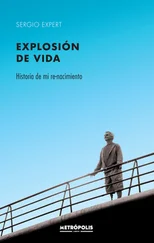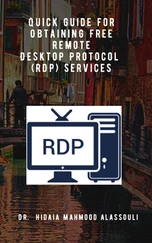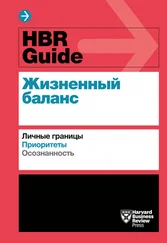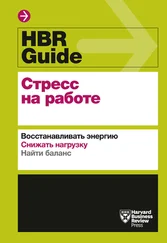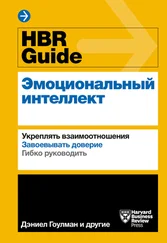www.wiley.com/go/mayer/mountsinai/criticalcare
This includes multiple choice questions.
CHAPTER 12 Vasoactive Drugs
Ajay S. Vaidya1 and Umesh K. Gidwani2
1Keck School of Medicine of USC, Los Angeles, CA, USA
2Icahn School of Medicine at Mount Sinai, New York, NY, USA
Verify the patient’s blood pressure yourself.
Think about central access early to facilitate vasopressor and fluid administration.
It is critical to tailor clinical management to each individual patient and shock physiology. Understand why your patient is hypotensive.
Think about pH and volume status. Vasoactive agents will only have limited effect if these parameters are not corrected.
Appropriate monitoring including continuous telemetry is important. Many of these agents cause ventricular arrhythmias.
Vasoactive drugs may not be enough. Pay close attention and appreciate the appropriate timing for additional hemodynamic monitoring or mechanical circulatory support.
The purpose of vasoactive drugs in the ICU is to improve the mean arterial pressure (MAP) and cardiac output (CO) by affecting left ventricular contractility, volume status, and systemic vascular resistance (SVR). Vasopressors are generally indicated in the setting of circulatory shock. MAP is related to CO and SVR by the equation:

Cardiac output is the volume of blood the heart is able to pump through the circulatory system per minute. The resistance to blood flow due to the entire systemic vasculature is known as the systemic vascular resistance, and is primarily a function of vascular smooth muscle tone. CO is directly related to heart rate (HR) and stroke volume (SV) as seen by the equation:

Stroke volume is a function of left ventricular end‐diastolic filling pressure (preload), the resistance against which the ventricle has to eject blood during systole (afterload), and the intrinsic ability of the cardiac muscle to contract (contractility). Each of these hemodynamic factors needs to be interrogated to find the reason for circulatory shock, and will be critical in understanding how to tailor therapy to the patient’s physiology.
Vasopressors are agents that increase blood pressure by causing vasoconstriction (SVR) through the activation of various receptor targets.
Inotropes are agents that augment stroke volume, and thus cardiac output, by increasing myocardial contractility.
Inodilators are agents with inotropic properties, but also with vasodilatory effects.
It is important to note that some vasoactive agents have mixed actions, as they can exert effects on multiple receptor targets.
Vasopressors and inotropes are typically used in the ICU to support the blood pressure during circulatory shock and improve end‐organ perfusion.
Vasodilators and venodilators are used to lower SVR and blood pressure, or to reduce filling of the heart.
There are four different types of shock: cardiogenic, distributive, hypovolemic, and obstructive. Mixed forms of shock can also occur.
Table 12.1shows the typical hemodynamic changes seen with each type of shock, but individual clinical situations often involve more complicated physiologic determinations.
Table 12.1 Different forms of shock states.
|
Cardiac output |
Heart rate |
Stroke volume |
Systemic vascular resistance |
Venous pressure(PCWP/CVP) |
| Cardiogenic |
 |
 |
 |
 |
 |
| Distributive (i.e. sepsis, anaphylaxis, neurogenic shock) |
 (occasionally impaired) (occasionally impaired) |
 |
 (occasionally decreased) (occasionally decreased) |
 |
Normal or  |
| Hypovolemic |
 |
 |
 |
 |
 |
| Obstructive(i.e. pulmonary embolus, pericardial tamponade, tension pneumothorax) |
 |
 |
 |
 |
Normal or  (increased inpericardial tamponade) (increased inpericardial tamponade) |
| Mixed |
  |
 |
  |
  |
  |
Selecting vasoactive therapy
Читать дальше










